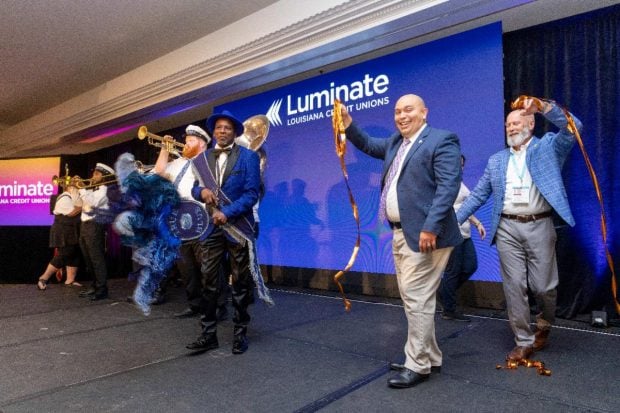A picture truly is worth more than words.
A new Filene Research Institute study, “Does Imagery Matter:Delving into the Mind of Low-to-Moderate Income Savers,” found thatcertain images can help credit unions better connect with andattract low-to-moderate income consumers.
Using the Zaltman Metaphor Elicitation Technique, a methodologythat offers insights about human decision making through metaphorsand storytelling, researchers conducted consumer-focused studies tounderstand the attitudes of LMI households toward money andsaving.
According to the report, attracting LMI consumers boils down tounderstanding their mindset about personal finances and financialservices. In addition, choosing emotionally provocative images canhelp in successfully connecting with these consumers.
Low-to-moderate income women play an important role in financialdecisions, and mothers, in particular, have powerful feelings aboutmoney as it impacts their families' futures. The perception is that“money makes you strong and independent,” the report said. Thesurvey found that while mothers may want to put savings first, thereality is that, given their income and spending needs, puttingaside money for savings seems impossible.
Low-to-moderate income consumers also admitted to feeling lostabout where to go for financial advice and realizing theirfinancial goals, whether it's owning a house or living theirdreams.
To help credit unions connect, the study suggested tying theperception that money makes a person a winner with an image thatplays up the belief that mothers are winners regardless ofincome.
“Saving money often seems futile to the LMI group, but theyunderstand it's the only way to build a safer, more promisingfuture,” the report said. “It's hard to think about getting to abetter life when 'getting by' seems the best you can do.”
When asked to describe what they feel about saving money forthemselves or for their children's future, survey respondentsevoked vivid-often threatening-imagery: ocean waves crashingagainst rocks; happy people blithely unaware of predatory sharkscircling nearby; being handcuffed by past mistakes; a personphysically torn up by the need for money; and someone alone in adark woods.
Images that acknowledge that fear while expressing the creditunion's belief in an individual's power to succeed can resonatedeeply with this group. In terms of trust, the study found thatcredit unions maybe more favorably viewed than otherinstitutions.
“LMI consumers are more open to messages from people orinstitutions who 'get them' -their challenges, needs, andaspirations-and may be more apt to view nonprofit, membership-basedcredit unions as in tune with their needs,” said Filene ConsumerResearcher Maya Bourdeau.
–[email protected]
Continue Reading for Free
Register and gain access to:
- Breaking credit union news and analysis, on-site and via our newsletters and custom alerts.
- Weekly Shared Accounts podcast featuring exclusive interviews with industry leaders.
- Educational webcasts, white papers, and ebooks from industry thought leaders.
- Critical coverage of the commercial real estate and financial advisory markets on our other ALM sites, GlobeSt.com and ThinkAdvisor.com.
Already have an account? Sign In Now
© 2024 ALM Global, LLC, All Rights Reserved. Request academic re-use from www.copyright.com. All other uses, submit a request to [email protected]. For more information visit Asset & Logo Licensing.









